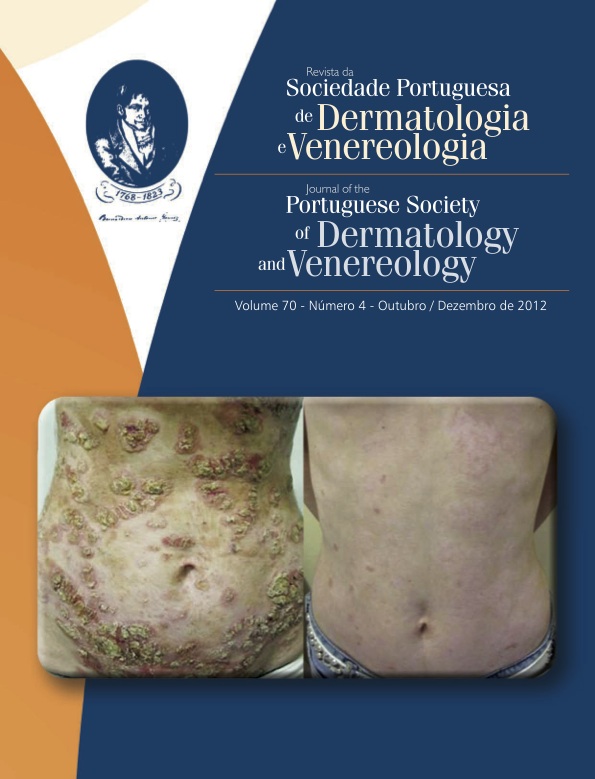TREATMENT OF POSTHERPETIC NEURALGIA
Abstract
Postherpetic Neuralgia (PHN) is a common complication of acute Herpes Zoster, particularly in elderly pa- tients. Being a complex disorder of difficult control, experts have been trying to establish guidelines for pharmacological treatment of PHN. Recently, the European Federation of Neurological Societies (EFNS) gathered one of these work groups with this same purpose. In this paper, the authors intend to review and update this subject discussing the role of drugs like antivirals, antidepressants, certain anticonvulsants (gabapentin and pregabalin) and topical lidocaíne, whose therapeutic efficacy is well established in PHN. The role of opioids and capsaicin is also subject of reflection, as well as certain thera- peutic strategies recently identified as promising alternative options. Among these, the authors highlight transcutaneous electrical nerve stimulation (TNS), botulinum toxin and inhibitors of tumor necrosis factor alpha. It is widely recognized that control of pain in PHN often proves to be a challenge, requiring a delicate balance between therapeutic efficacy and side effects commonly experienced by an elderly population, often polymedicated and with multiple comorbidities.
KEYWORDS – Drug therapy; Combination; Neuralgia, Postherpetic/drug therapy; Guideline.
Downloads
All articles in this journal are Open Access under the Creative Commons Attribution-NonCommercial 4.0 International License (CC BY-NC 4.0).








